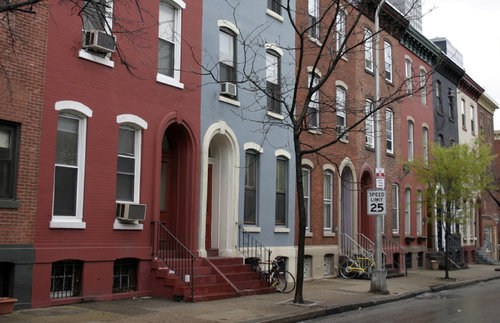Single-person housing is becoming a long-term solution, even into older years
One of the most pronounced trends since the 1940s is the rise of the single-person household.
According to the U.S. Census Bureau, single-person households were the second most common household type in 2013, accounting for 28 percent of all households that year; that was just barely behind married couples with minor children at 29 percent.
While that might not be surprising, considering how renting has grown since 2008, what you might not expect is how many of those are owned homes.
Culture and Economics Inspire Single Living
Harvard’s Joint Center for Housing Studies looked at single-person households, and according to a 2013 American Housing Survey, 54 percent of single-person households are owner-occupied, rather than renter-occupied. This is a stark change from 1940, which saw 61 percent of single-person households being renters.
Some causes for that shift are improving health and finances among older people, and younger people waiting longer to get married. Eric Klinenberg, sociologist and author of “Going Solo: The Extraordinary Rise and Surprising Appeal of Living Alone,” said in a 2012 PBS interview that culture and economics also play crucial roles:
“You see very little living alone in poor nations or in poor neighborhoods. On the other hand, there are some affluent societies where virtually no one lives alone – for instance, Saudi Arabia. One big difference in a place like Saudi Arabia is that women don’t have the kind of independence they have in the United States or in other countries where there’s high levels of living alone. So there’s a cultural side to this, as well as an economic one.”
Interestingly, one segment of the American population that has not taken part in the trend Klinenberg describes is the Millennial generation, likely because it lacks the economic resources to do so. Since 2000, the share of Millennials living with roommates has spiked from 25 percent to 32 percent.
Single-Person Households for the Elderly
The changes in demand have resulted in an upturn in multifamily construction for single-person households following the market crash. However, one area where there hasn’t been an upturn is in communities where single elderly homeowners live.
Forty-three percent of households headed by people over 65 years old are single-person, with the number poised to increase thanks to aging Baby Boomers. Among single-person owners over the age of 65, 59 percent have been in the same home for 20 or more years, and another 21 percent for 10 to 19 years.
Affordability and lack of desirable homes were cited as primary reasons why older people remain in their houses, even if their residences are not ideal. That not only poses a long-term risk when their health and mobility can no longer accommodate their lifestyle, but also ties in with past Chicago Agent reports on housing affordability and inventory. As America continues to change, both economically and culturally, will real estate developers adapt to satisfy a society ready to live alone, no matter for how long?
